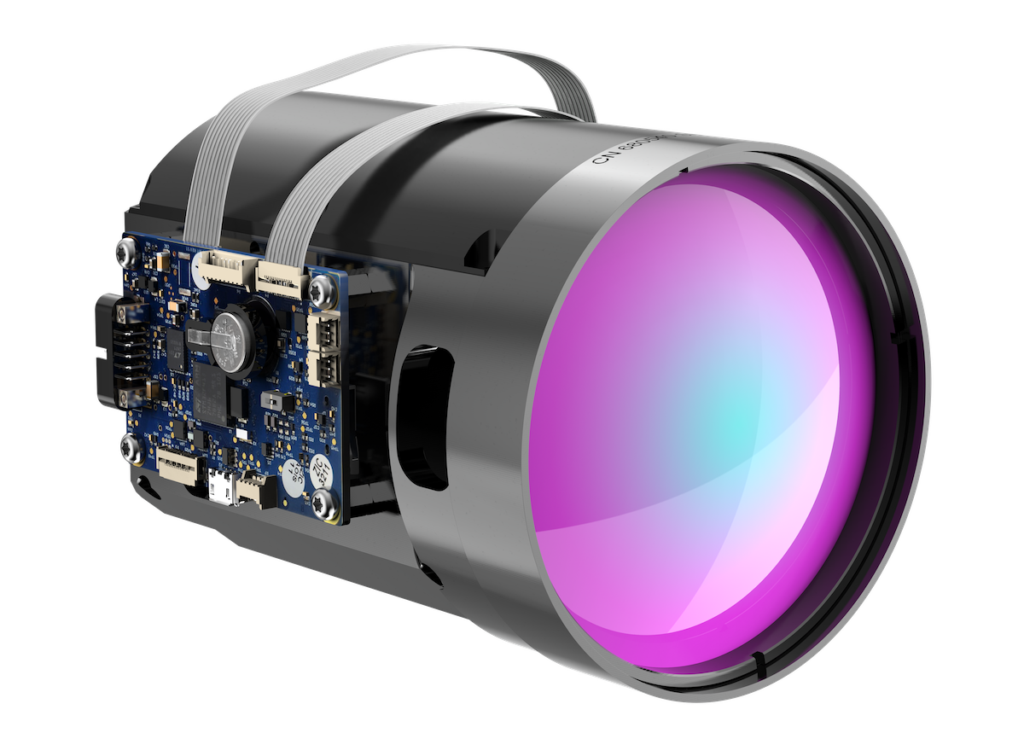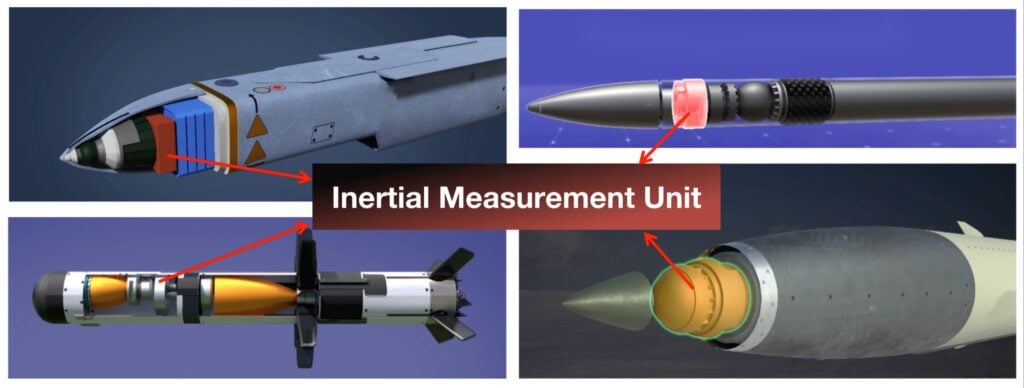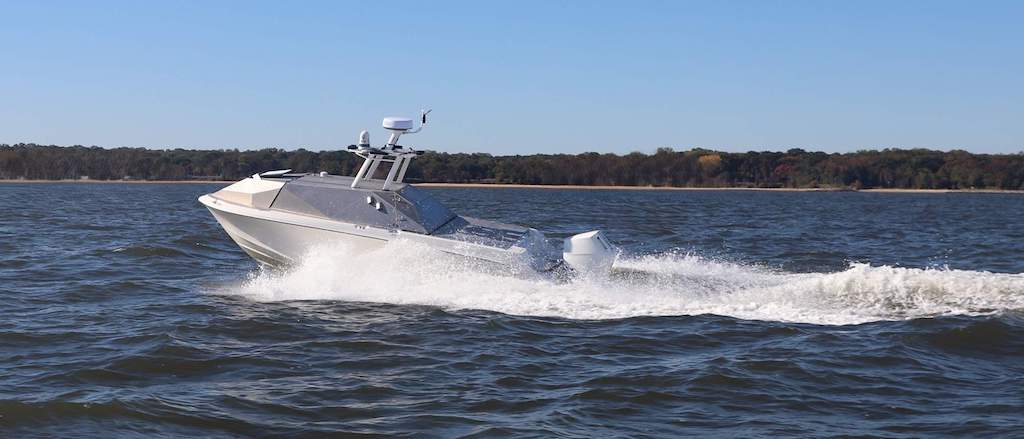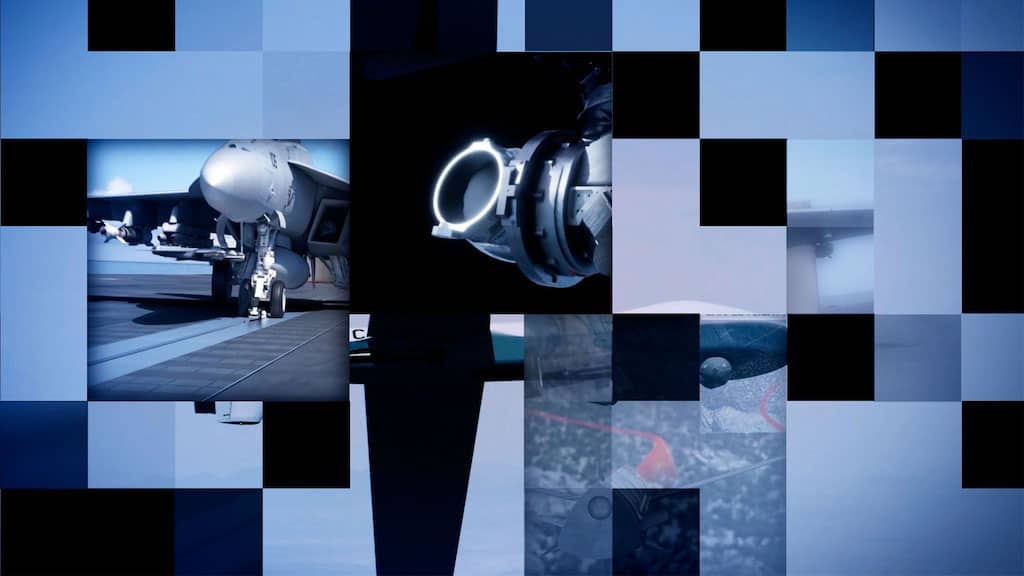
Discover Leading Defense Technology Solutions
Discover cutting-edge solutions from leading global suppliers
The Defense Advanced Research Projects Agency (DARPA) and Draper are exploring the development of an interactive, platform methodology for the rapid design of microbe-based sense-and-respond devices, specifically for monitoring Department of Defense (DoD)-relevant environments.
Scientists have shown that engineered microbes can exhibit various sense-and-response functions. This includes changing color when detecting specific toxins, responding to physical stimuli like light or magnetic fields, and producing an electric current to actuate tiny gears.
DARPA seeks to establish the range of chemical and physical signals that microbial devices can detect, the environmental conditions they can tolerate, and the types of output signals that can be generated.
The Tellus Program
Working under DARPA’s Tellus program, Draper aims to explore the limits of these microbe-based sensing technologies.
Tellus will focus on developing the methodology to enable the rapid design of agile, robust, reliable, and durable microbial sensors for environmental monitoring.
Current approaches to environmental monitoring rely on distributed sensor networks on the ground, in the water, and on satellites and autonomous systems, such as drones.
The goal of DARPA’s Tellus program is to develop a complementary monitoring system composed of microbial devices that can translate detected signals into a variety of physical or chemical output signals. These signals can then be measured by conventional receiver systems, such as photonic, photoelectronic or imaging systems.
One way this solution might look, according to DARPA, is a dashboard or interface where a user will dial in features of their environment, along with the inputs they want to detect, and the output signals that are useful to them. The system would then design a safe, effective microbial device to meet those needs.
Applications vary depending on the configuration. Draper state that a microbe-based sensing system could be used to detect pesticides, toxins, and contaminants in the soil and water. It could also be used to detect harmful agents like heavy metals, organic pollutants, explosives, chemical warfare agents and poison gases.
Draper scientists will develop six unique microbial sense-and-respond devices that will function in a range of environments, according to Kevin Remillard, Draper’s Director for the DARPA Tellus program team.
“Monitoring emerging conditions in the environment using microbe-based sensing requires a flexible, multidisciplinary engineering approach. Draper will draw on expertise in areas including synthetic biology and bioinformatics to do just that,” Remillard said.
Chris Vaiana in Draper’s Biotechnology business commented; “Microbes have the potential to be developed as biological sensors that can collect vital information about the environments they naturally inhabit.
“Our goal is to support DARPA in mapping the modular design of microbe-based sensors, develop a standardized design-build-test process analogous to the hardware development processes and determine the environmental conditions in which these sensors operate.”

























